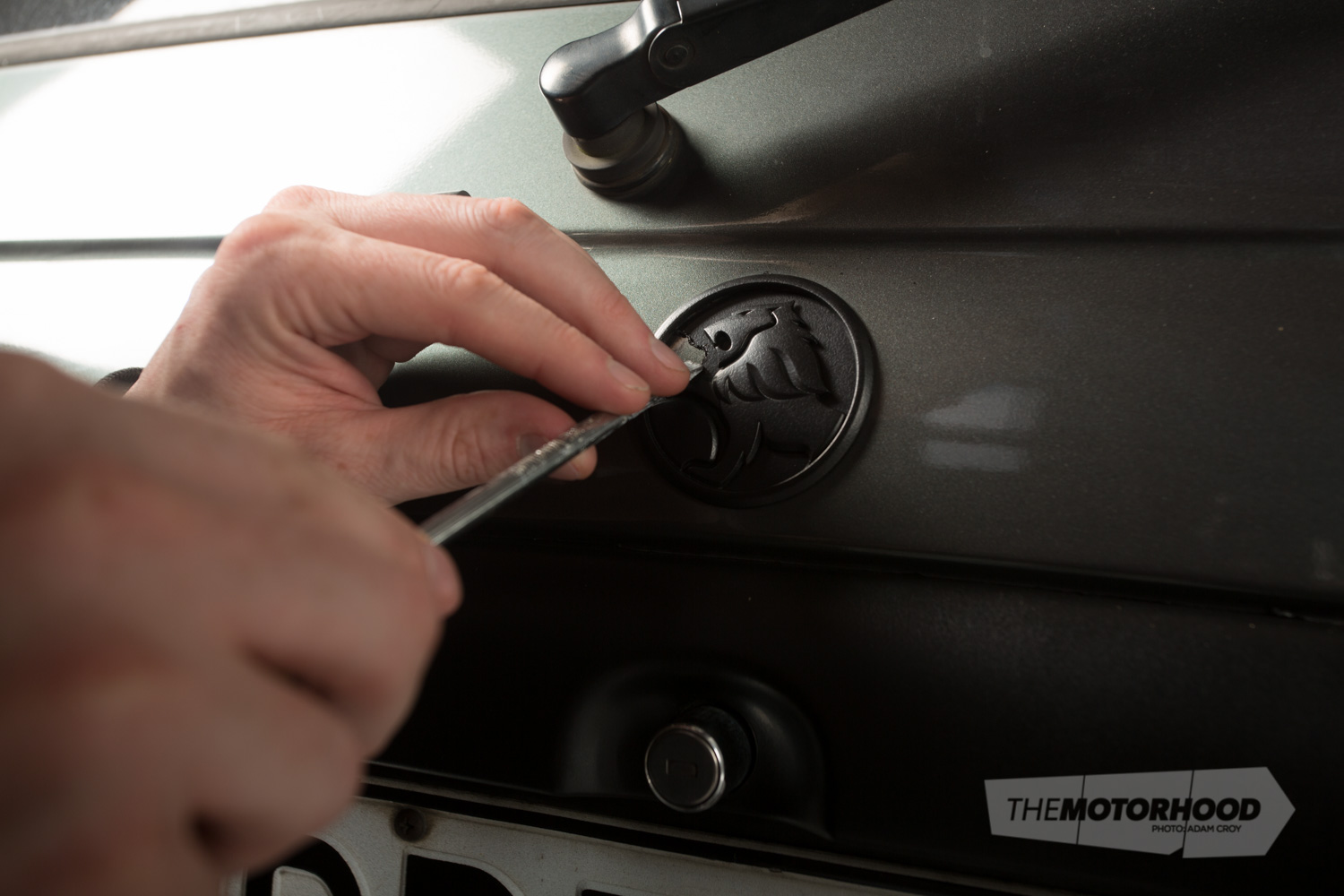Before we begin, let’s get this straight: yes, we’ve previously run an article about using Plasti Dip to coat a set of wheels, and it worked damn well, proving to be easy to apply and durable. At least, that’s what the article led us to believe. In all honesty, we stole that article direct from the pages of our sister magazine, NZ Performance Car, and, as such, never truly experienced the product with our own hands.
However, we’ve recently been seeing more and more about people using Plasti Dip, so we figured we’d best try it for ourselves to see if it lives up to the hype. But what to try it on?
Essentially, the easiest way to describe the product is to say it is like a rubberized spray paint, which can be removed if and when required.

The text on the can promotes it as being flexible, durable, peelable, and an insulator, perhaps deeming it almost too good to be true. As with most spray paints you find at a hardware shop, there’s a decent range of colours. At most automotive supply stores, such as Supercheap Auto and Repco, a can will set you back around $30.
But does it work? Is it that easy to apply, and, more important, does it come off as it says it does? We decided that the only way to find out would be to coat the badges on one of the cars in our car park, hoping that the owner wouldn’t mind either way if the coating didn’t come off or the product truly worked as promised.
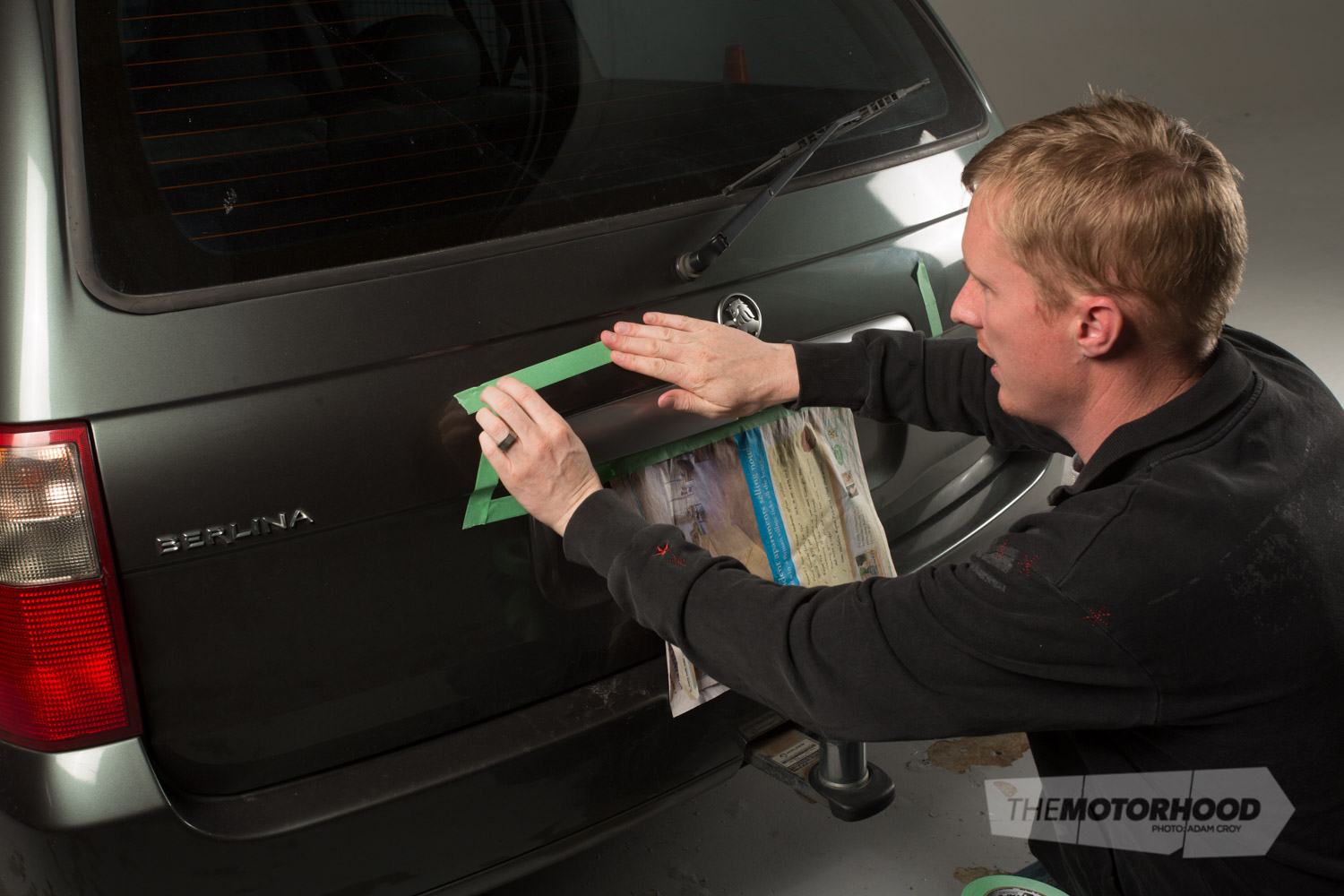
What sets the product apart from traditional spray paint is that, in theory, you don’t need to mask, as it’s removable. However, to assist with the process, we masked to give a hard edge from which we could, hopefully, peel away the unwanted coating, but, as you can see, we didn’t take too much care to apply the tape well.
From there, the process was simple: give the can a damn good shake before starting, then spray a light first coat before getting a bit thicker with a further two coats, waiting approximately 15 minutes between coats.
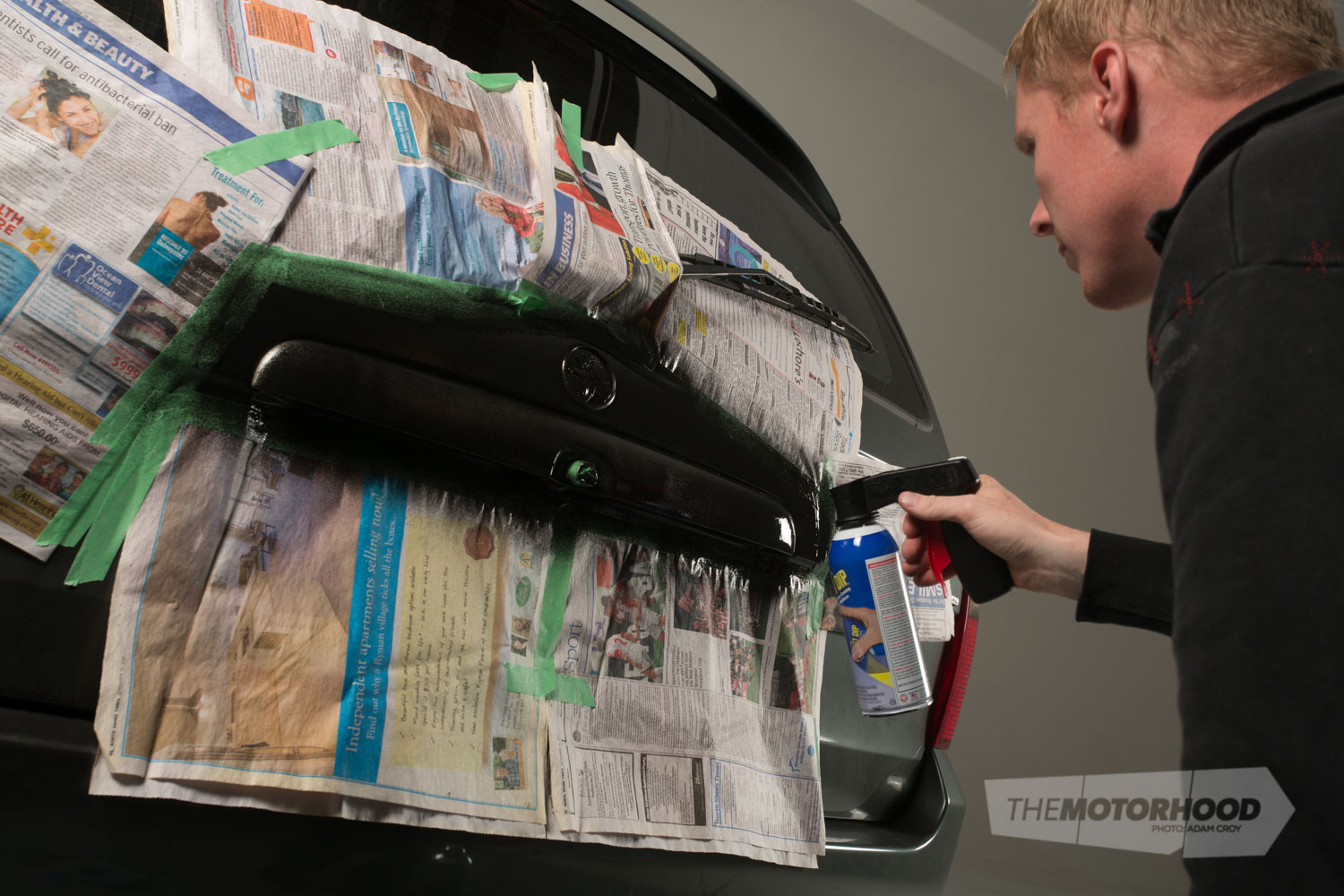
While you can simply use the can as you would to tag a fence, we decided to get a bit more pro and added a ‘can gun’ to the top, which saved us from the inevitable black fingers — and a sore trigger finger, had we been doing a larger area.
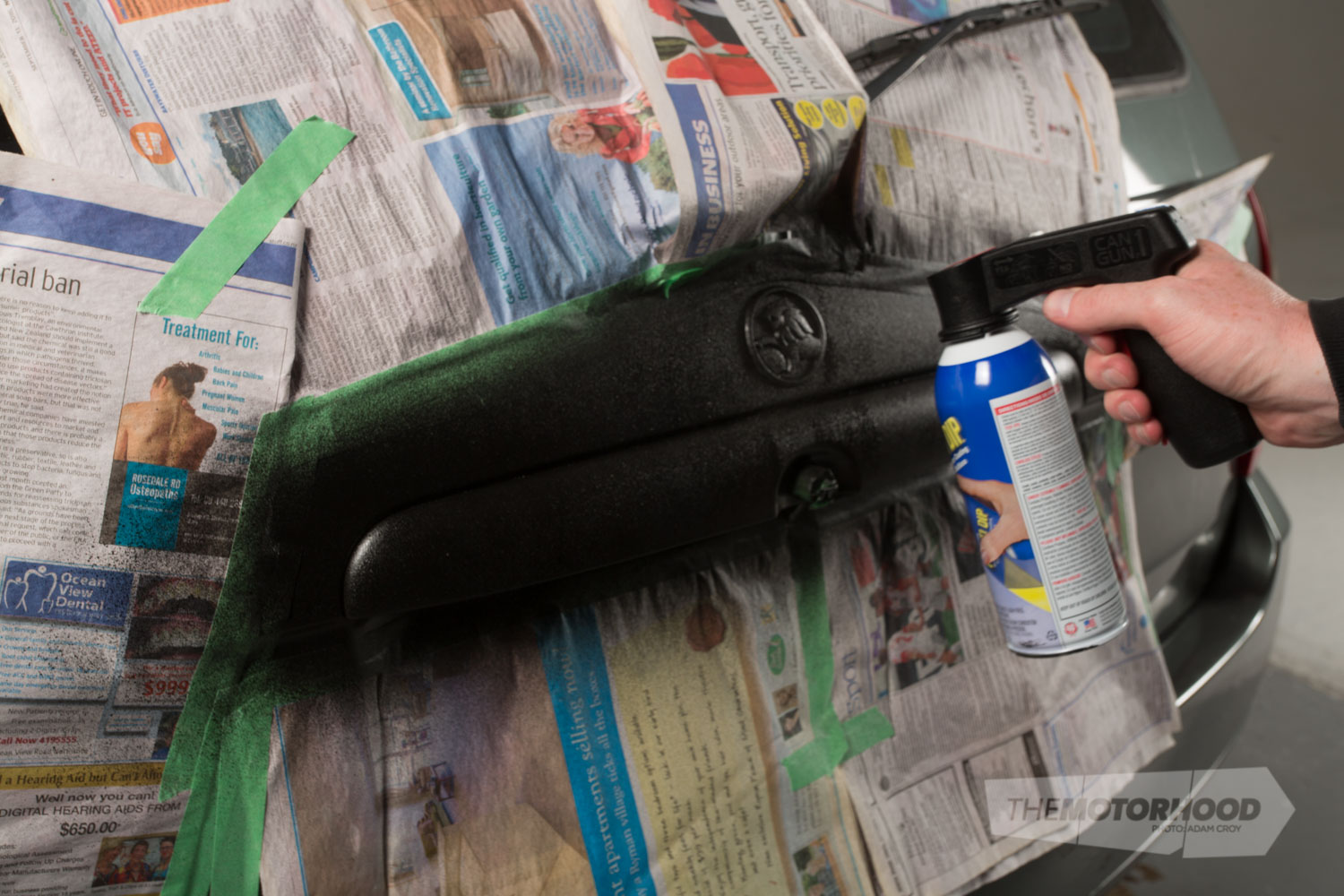
We found the Plasti Dip sprayed out well — nice and smooth — and any lumps we were concerned about while the product was wet soon disappeared, as it dried perfectly smooth. When spraying around the Holden lion badge, we followed the instruction to get at it from all different angles to ensure full coverage, and that worked well.
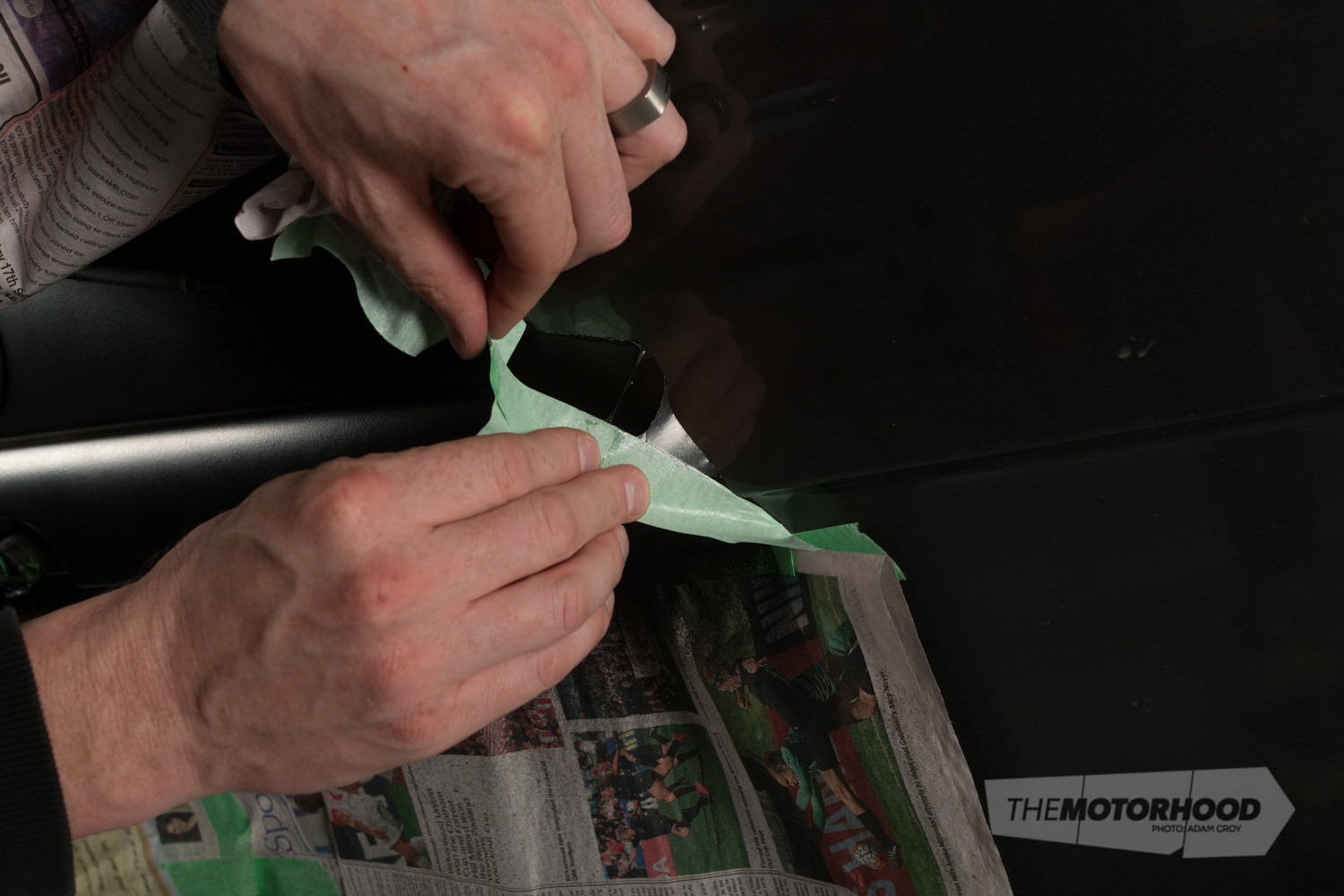
Then, with the final coat dry, came the real test — would the overspray peel back as stated?
The answer was yes. In fact, it peeled back far better than we imagined, and seemed to ‘cut’ itself around the badge without any intervention. For the interior areas of the badge, which we couldn’t get to with our fingers, we first used a very blunt flathead screwdriver before switching to a small plastic tube to scrape the unwanted product away. Even these small areas came off with minimal fuss, leaving exactly the look we were hoping to achieve.
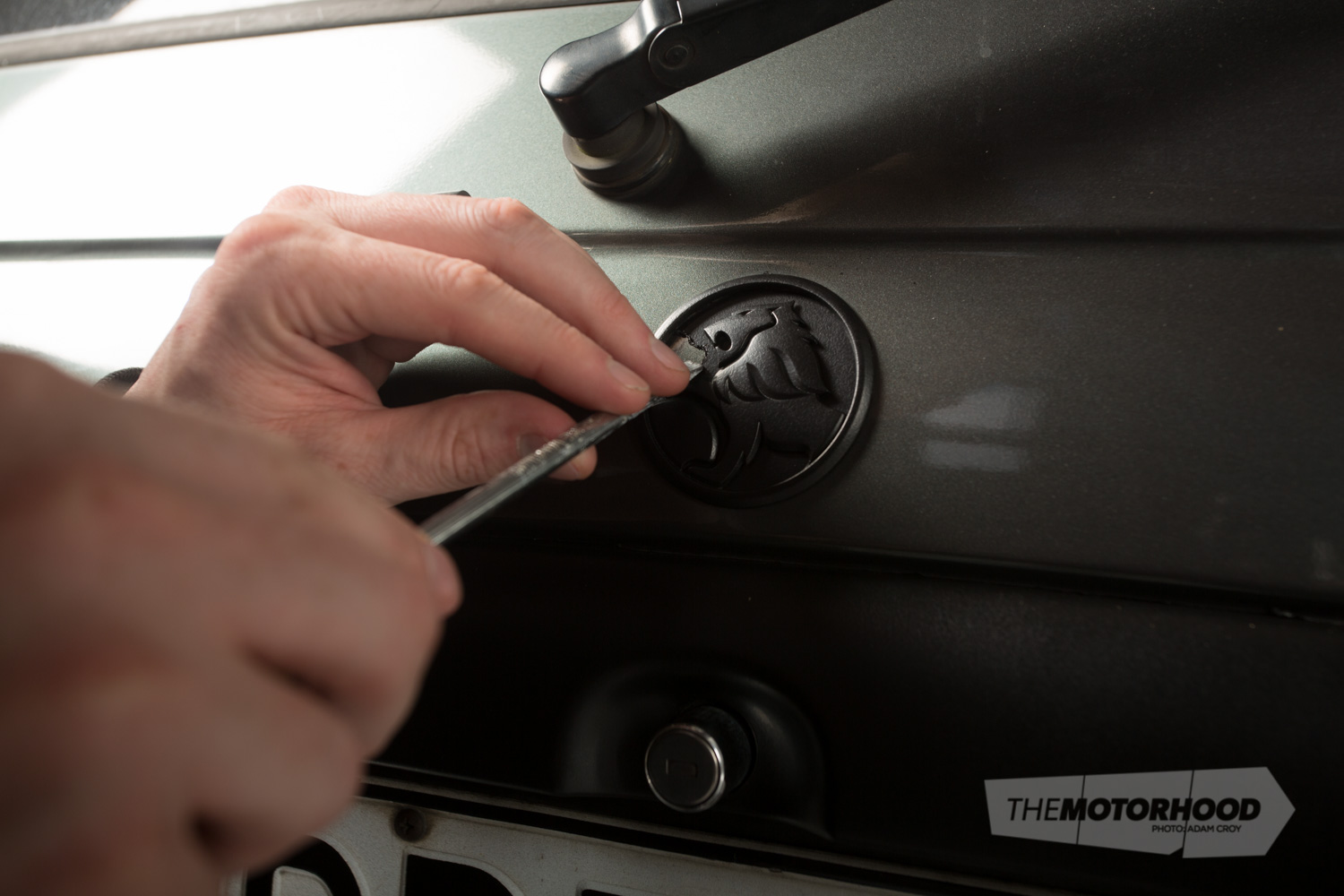
To really put it to the test, we left the coating for a few days before trying to remove it from the lion, choosing to use solvents to do so. After a quick wipe, all trace of the product was gone, and it was back to the factory silver finish — no damage, no trace, and the owner was none the wiser!
Would we use the product again? For sure. We’ve just been trying to work out what to use it on next — all eyes are currently on the part-timer’s bottle of emergency hangover cure …
View fullsize
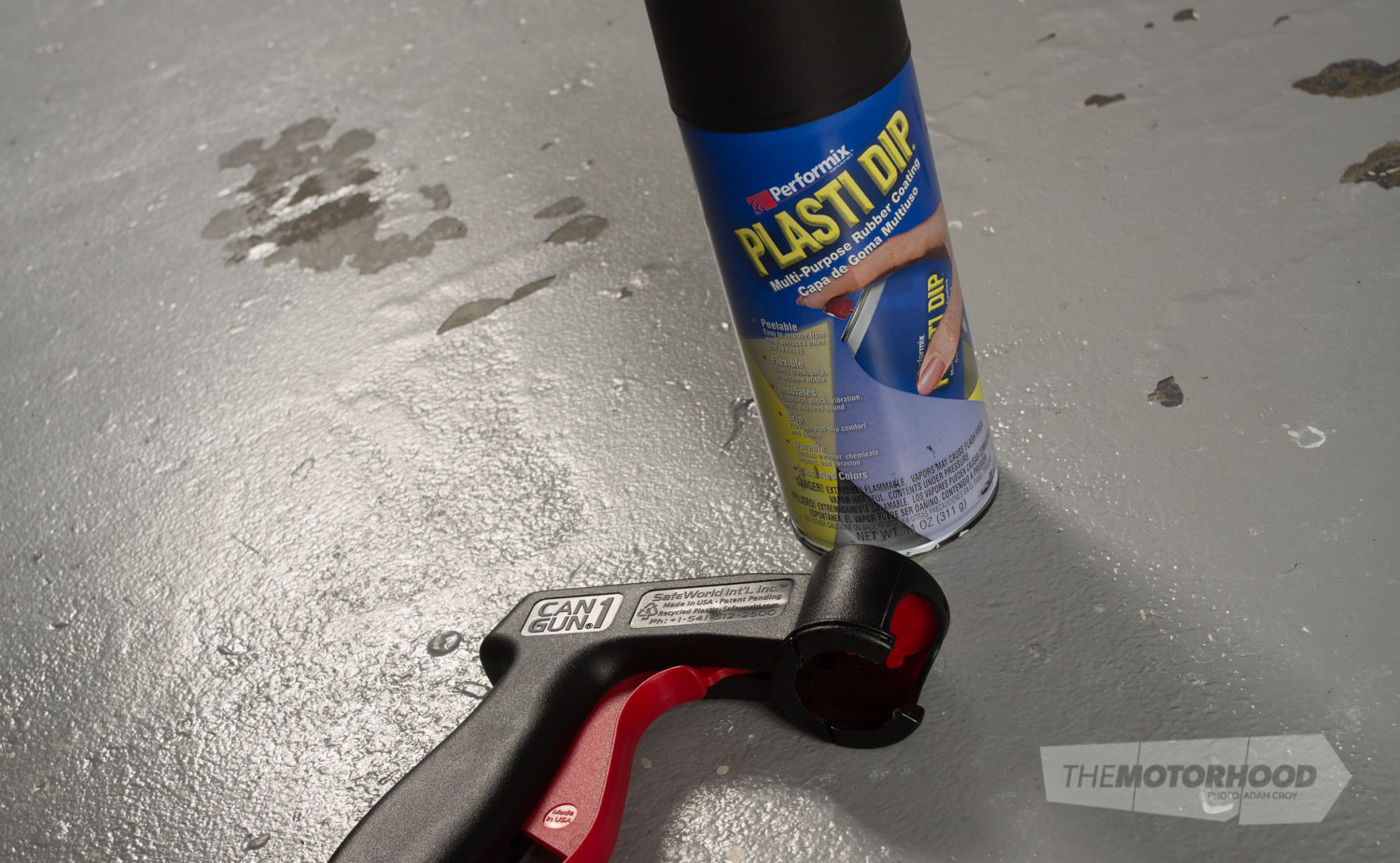
View fullsize
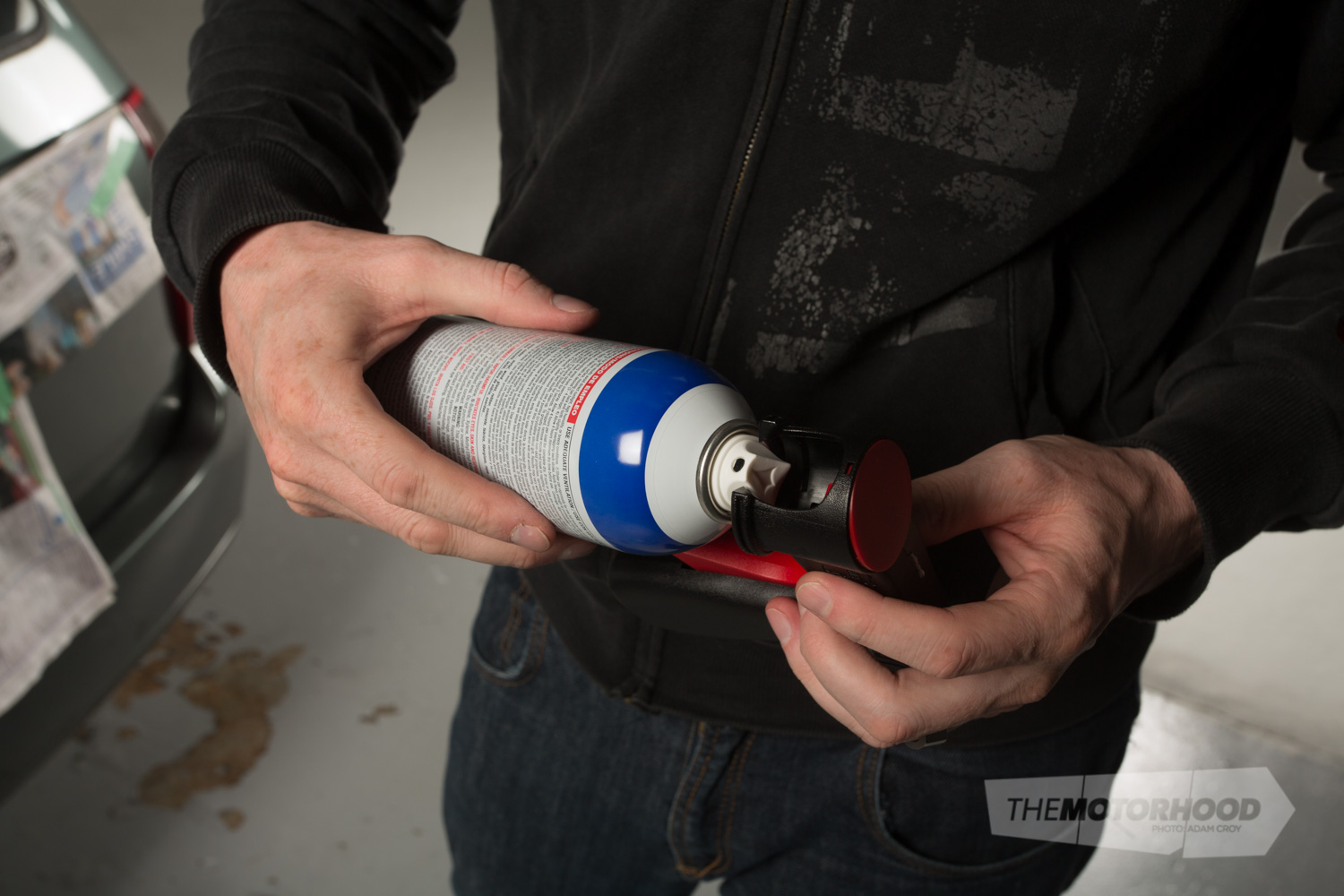
View fullsize
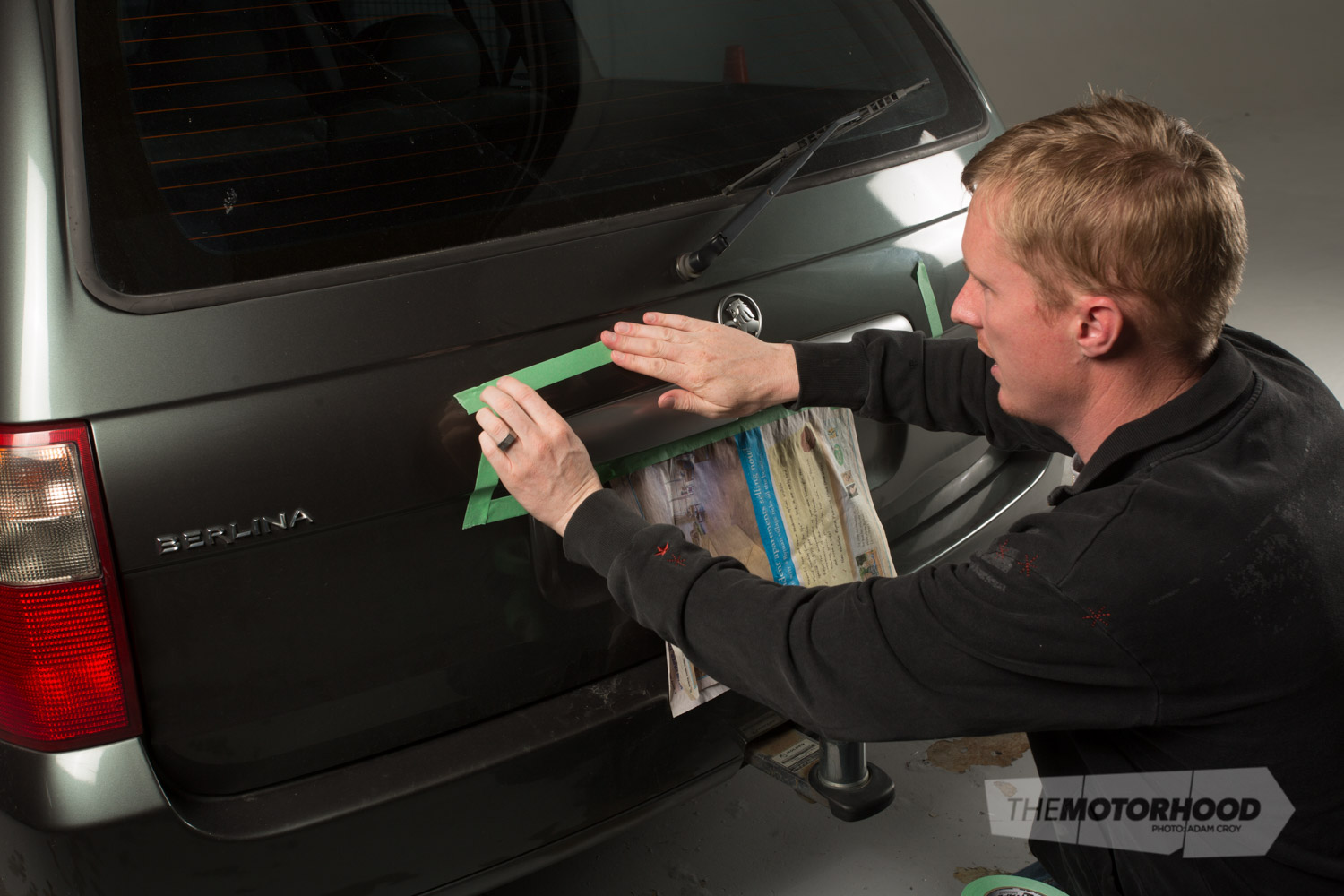
View fullsize
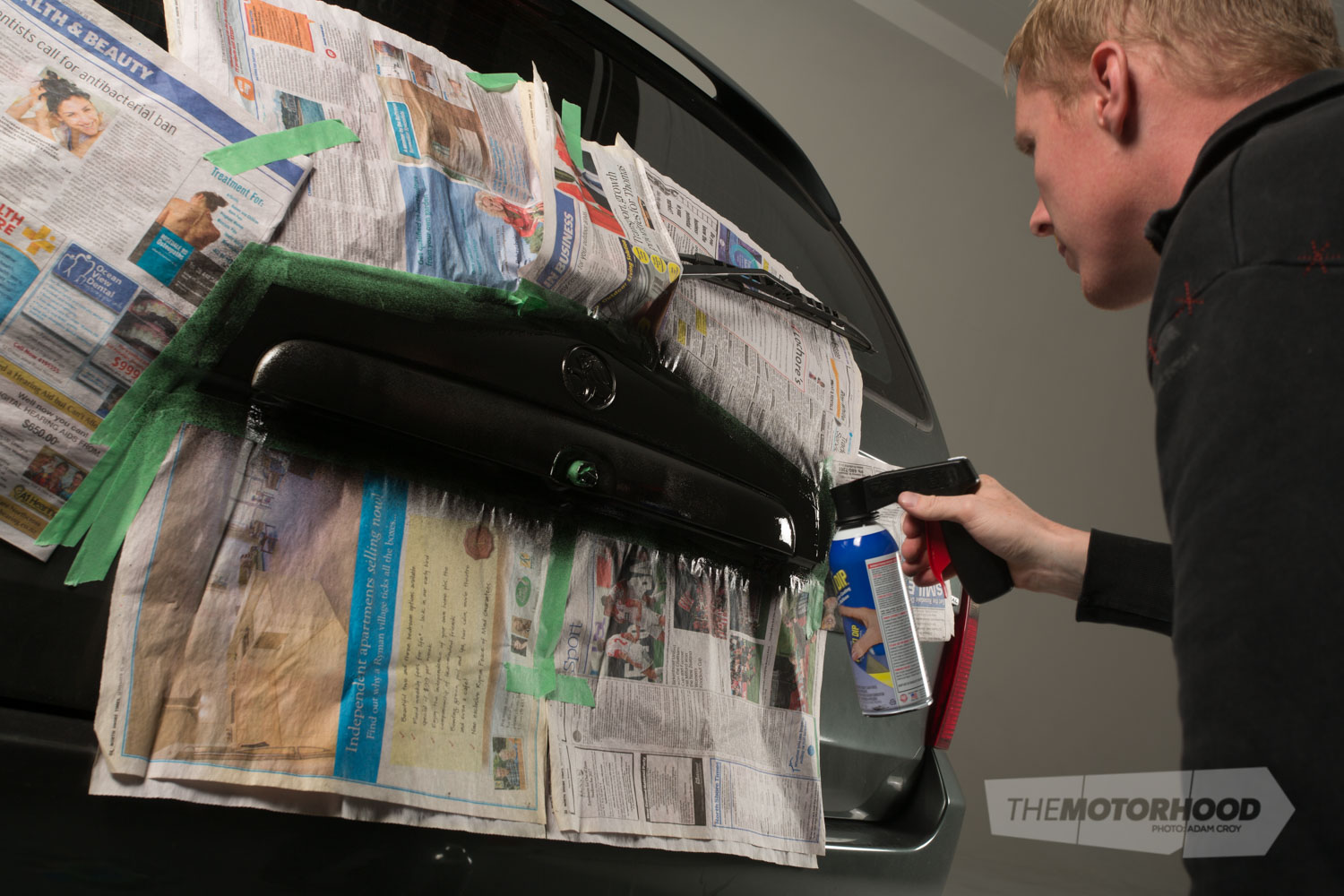
View fullsize
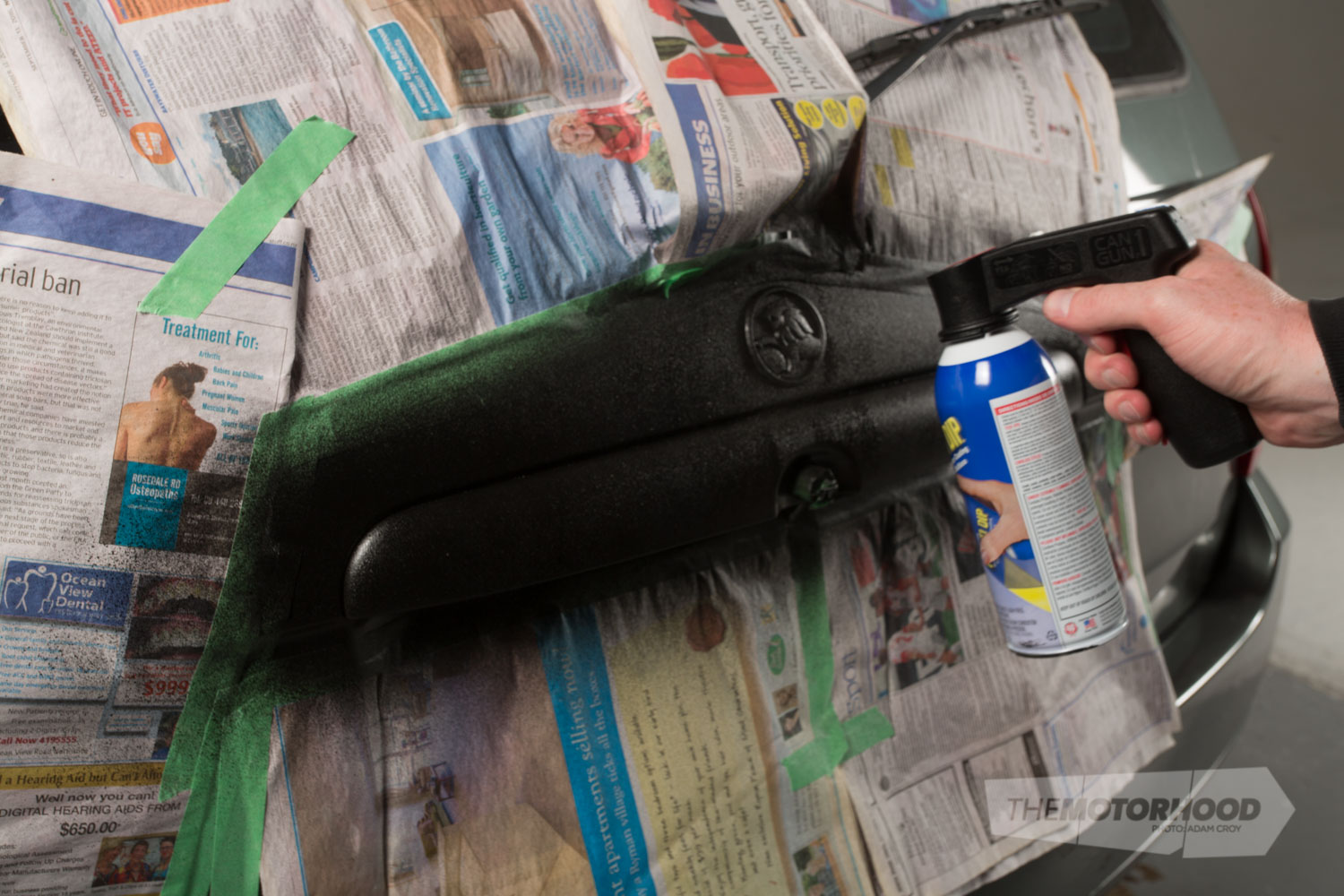
View fullsize
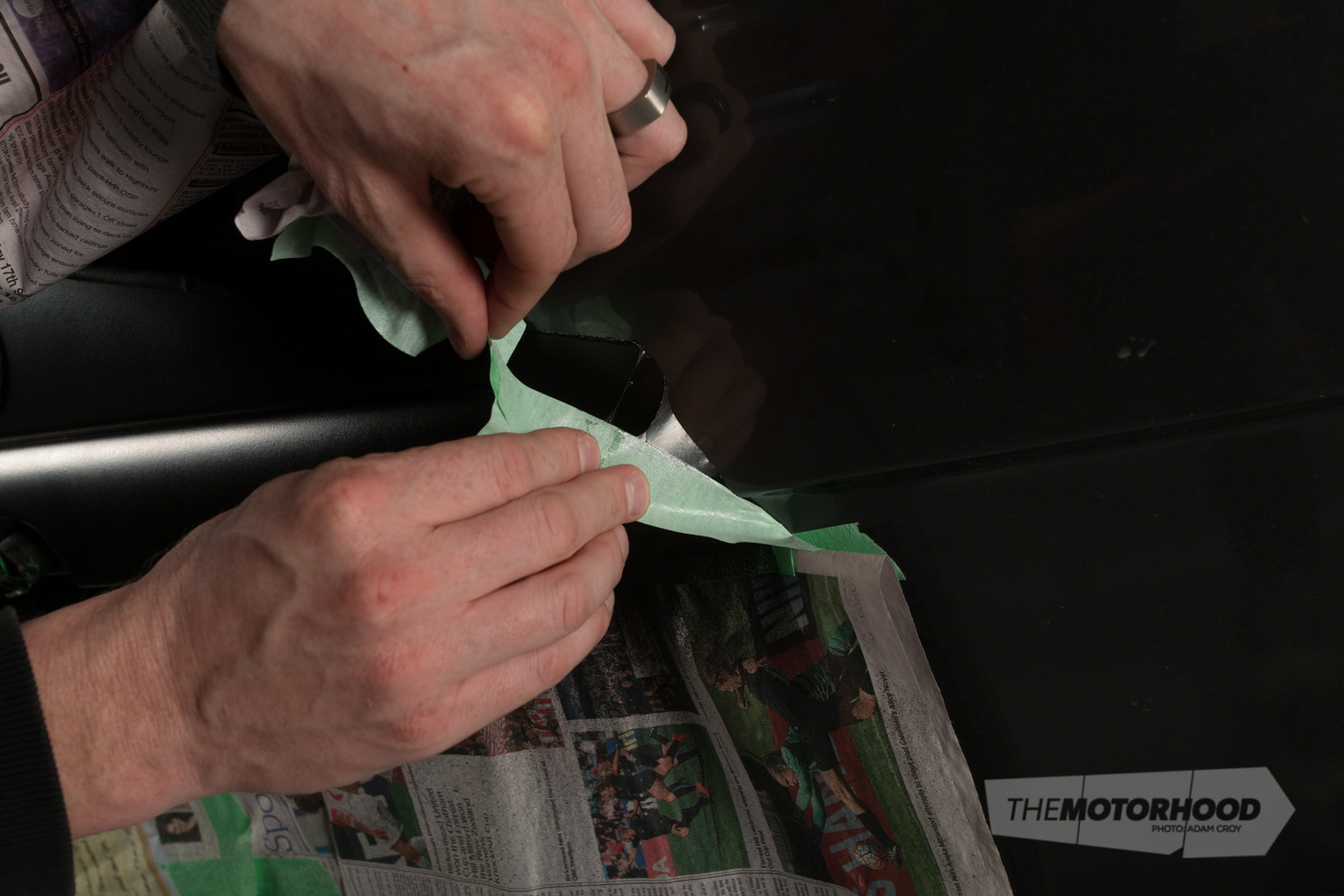
View fullsize
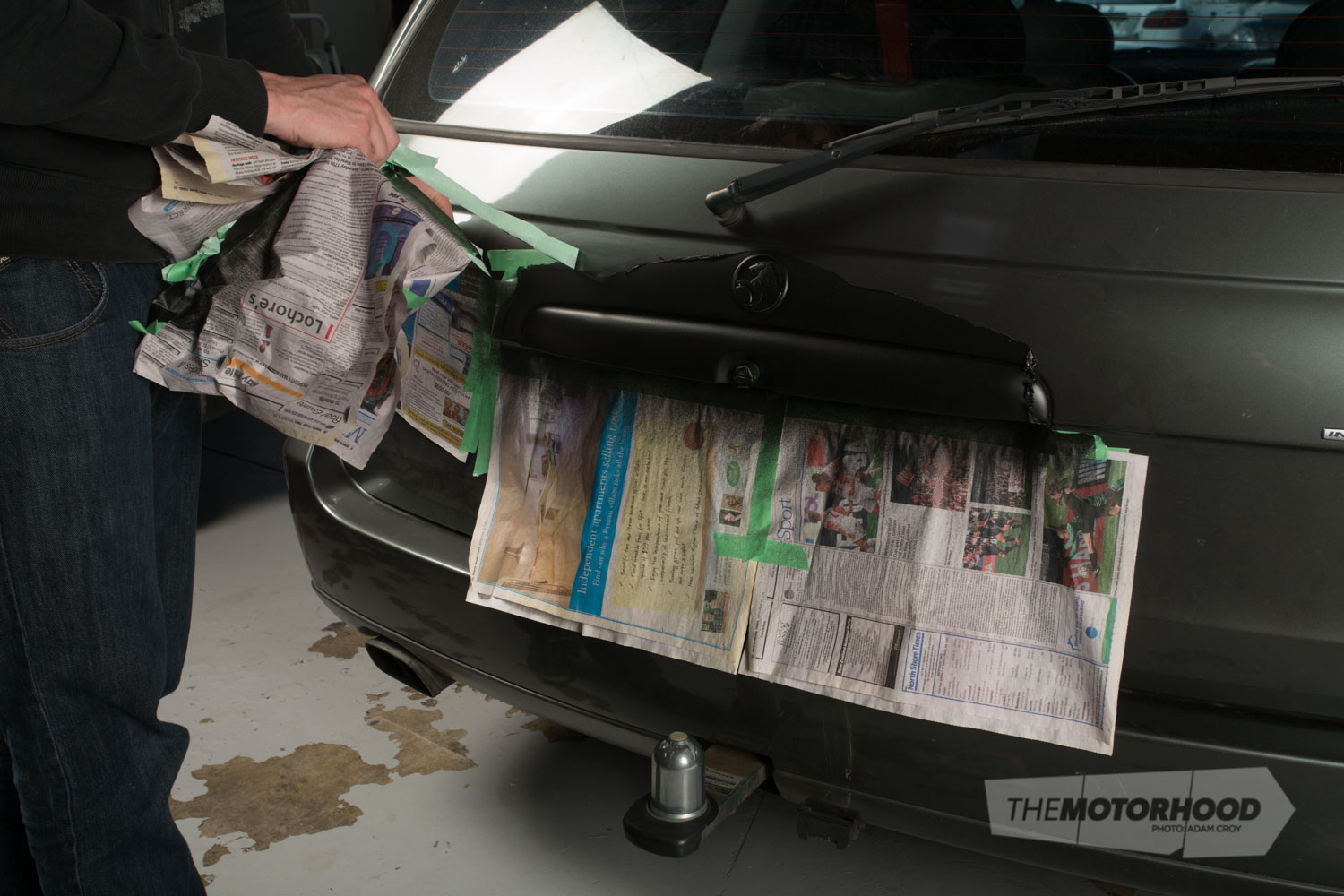
View fullsize
